Synopsis
- Western science has certain foundational assumptions, without which the model of reality as posited by science cannot exist. The assumption that there exists an objective, observable reality leads to understanding human perception as subjective and faulty. Thus, the focus on using machines, which are more objective than humans.
- The assumption that this reality follows knowable laws leads to the desire to understand these laws. Part of knowing these laws requires breaking reality down to its fundamental components. Once the smallest parts of reality are understood larger concepts are built up from there.
- One problem is that building from the bottom up can easily lead to the pieces being put together wrong. This is compounded when attempting to understand a very complicated object like the human being.
Both Chinese and Western Medicine are used by millions of people worldwide to successfully treat and prevent disease. Because of the dominance of Western culture there has been a movement to try and understand Chinese Medicine from a Western scientific perspective, and to explain Chinese Medicine in Western scientific terms. However, the model of reality proposed by Chinese Medicine contains fundamental assumptions that are counter to the fundamental assumptions of Western science. The difference in these assumptions lead naturally to a divergent view of reality, one that has frustrated scientists, doctors, and scholars as they search for a common understanding. I have come to understand how certain areas overlap, but it is important to grasp the underlying differences between these two systems.
The Western Perspective
It is important to recognize that all systems of knowledge rest on certain foundational assumptions. Without these foundational assumptions – which are unprovable – the rest of the knowledge, theories, and information presented by the system fall apart. For our modern scientific system, these assumptions are:
- There exists an objective reality which can be observed, and which is the same for all observers.
- This objective reality is governed by natural laws that don’t depend on our subjective perception of them.
- This objective reality can be known through systematic observation.
- The laws of reality are uniform and do not change with time, place, or subjective observation. (1)
There are a few others, but these are the most important. What this means is that, in order for Western science to function properly, certain things must be taken for granted. The most important is that there must be an objective reality that can be known through observation, and which behaves according to laws that don’t depend on our perception, but exist independently of our thoughts and awareness.
This leads to a few important conclusions. If multiple observers perceive the same “thing” differently, either some or all of the observers must have faulty perception. Since this happens all the time, human perception can be distorted, and it is important to rely on methods of gathering information that are more objective. Hence the focus in medicine on lab tests and imaging, which use machines, as machines are considered to be more objective than human perception. The focus on understanding the natural laws leads to reductionism, which is controlling all possible variables in a situation except one, in order to understand the effect of that single variable. For instance, if a study is done on how body weight affects the risk of developing diabetes, the ideal situation is if a whole bunch of people are exactly the same in every respect except for how much they weigh. Then variables such as diet, race, socioeconomic status, sleep, etc. don’t need to be taken into account and the effect of weight and weight alone will be easily determined.
Because of the drive to understand these natural laws, Western science is focused on the lowest common denominator. This is well-represented by the search for the smallest unit of matter, which used to be known as the ‘atom’ (now we know there is something even smaller, but the concept is still there). Science understands that by finding what is in common between disparate things fundamental properties of that thing can then be known. And since the whole system rests on there being an objective reality, knowing the fundamental property of a thing is very important. For instance, one of the fundamental properties of a human is that we require oxygen to live. Extrapolating from the basic assumptions above means that there are natural laws that govern the way human minds and bodies operate. These laws are figured out by observing lots of humans and seeing what they have in common. Something that is unique to one human, and therefore cannot be applied to other humans, is generally useless as a way to understand how humans work. So a lower level of organization is used, leading to an understanding of how organs work, then types of tissues, then types of cells, then types of proteins, and so on. Since everyone has a heart, if we can understand how hearts work we will then understand a part of how humans work. The understanding of reality is built from the bottom-up, by putting together simpler, less complex things in order to create more complicated systems.
The problem is that when you put together something that is very complicated (like a human) it’s easy to either forget pieces or even to miss an important piece altogether. Just recently it was discovered that there are lymph channels in the brain, something that was dismissed for centuries (2). This is a major piece in how humans work, but it was missing from the picture. What else are we missing?
This is Part 1 of a three-part series. Click here to read Part 2.



